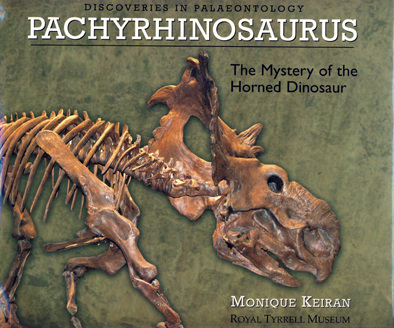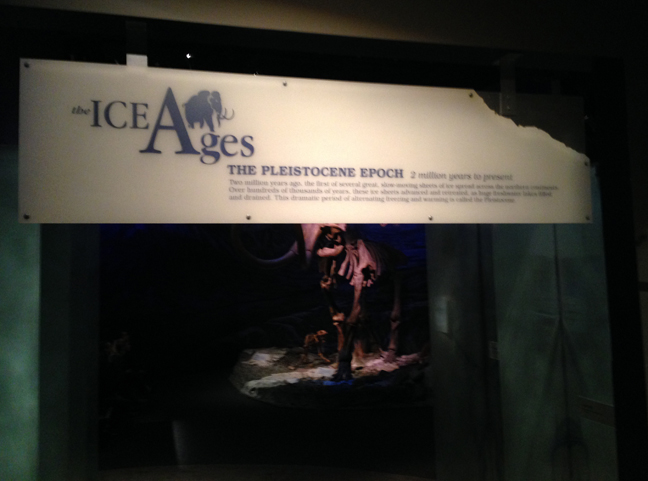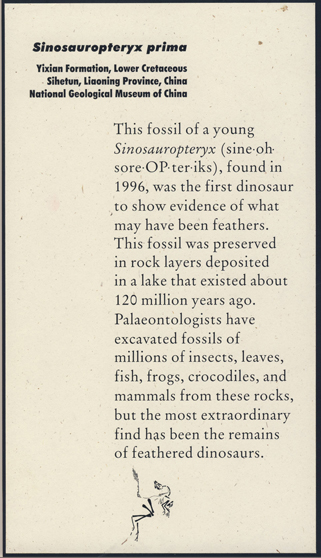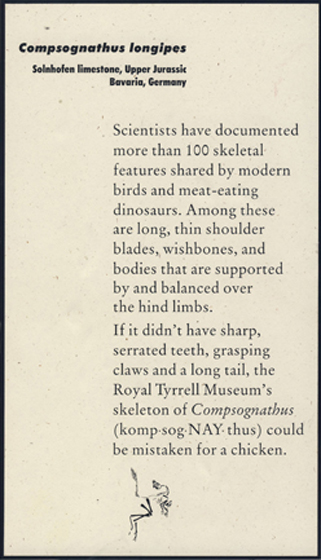Water stored in the St. Mary’s Reservoir, north of Cardston, Alberta, insures area farmer’s crops against drought, which is common in that part of the province. In 1998, when the reservoir was drained to build a new spillway, researchers discovered tools used by ancient Albertans, as well as bones and footprints of at least 20 species of long-extinct animals.
“If you had stood there 11,000 years ago, you could have seen mammoths, horses, camel, caribou, bison, wolves, ground squirrels, and birds—maybe all at once,” says Len Hills, professor emeritus of geology and geophysics at the University of Calgary, and one of the scientists studying the site. Joining him in the research are university archaeologist Brian Kooyman and students Paul McNeil and Shayne Tolman, the site’s discoverer. “We know from the way the trackways are intermingled that these animals were right there, together. And man was there, too—he was part of that environment.”
The site is a window on the end of the Ice Age in southern Alberta. By inventorying the animals that lives in the region and studying the role of early humans at the site, Hills and colleagues reconstruct the ancient environment.
About 12,000 years ago, the site was an island delta at the end of a glacier-fed lake. When the St. Mary’s River later drained the lake, it created a massive floodplain west of the island Within a period of days or maybe weeks, large numbers of diverse animals visited the area to feed on the delta’s lush vegetation and drink from the nearby river, trampling the gound with their hooves and feet. Thick layers of sand and dirt blew eastward from the floodplain to bury tracks, bones, and tools. A series of brief geological moments were preserved, recording the presence of animals and humans over a 300-year period about 11,000 years ago.
The oldest tools are Clovis points, flaked-stone implements used by the first North Americans. Not far from where the team was excavating the skeleton of a horse, the researchers found toold that may have been used to kill the animal. Laboratory tests reveal traces of ancient horse protein on two of the Clovis points.
“We’ve known from other sites in North America that they hunted mammoths,” says Hills. “But this is the first sold evidence that Clovis people actually hunted horses. Maybe early humans influenced the extinction of these animals—not just mammoths, but horses, too.”
What precisely caused the disappearance of so many Ice Age mammals 12,000 to 9,000 years ago is uncertain. Climates and environments were changing rapidly as the glacier receded from the continent. Those changes alone would stress animal populations. New species from Asia may have increased competition for food, or may have introduced diseases. Humans may have been another factor in the ecological reorganization.
When McNeil inventoried and analyzed the fossil trackways, comparing information about movement and size of the ancient animals with data from tracks made by modern elephant herds, he found some evidence that the herds visiting the reservoir site 11,000 years ago were stressed.
“The ratio of young animals to adults was far below what we would consider healthy levels in modern populations of similar animals,” he says. “This site captures this one brief moment in time and tells us something was definitely happening.”
The magnitude of the site is the way that it is letting us see how these animals interacted with their environment, with each other, and with early humans.
excerpted from: Reading the Rocks: A Biography of Ancient Alberta


















